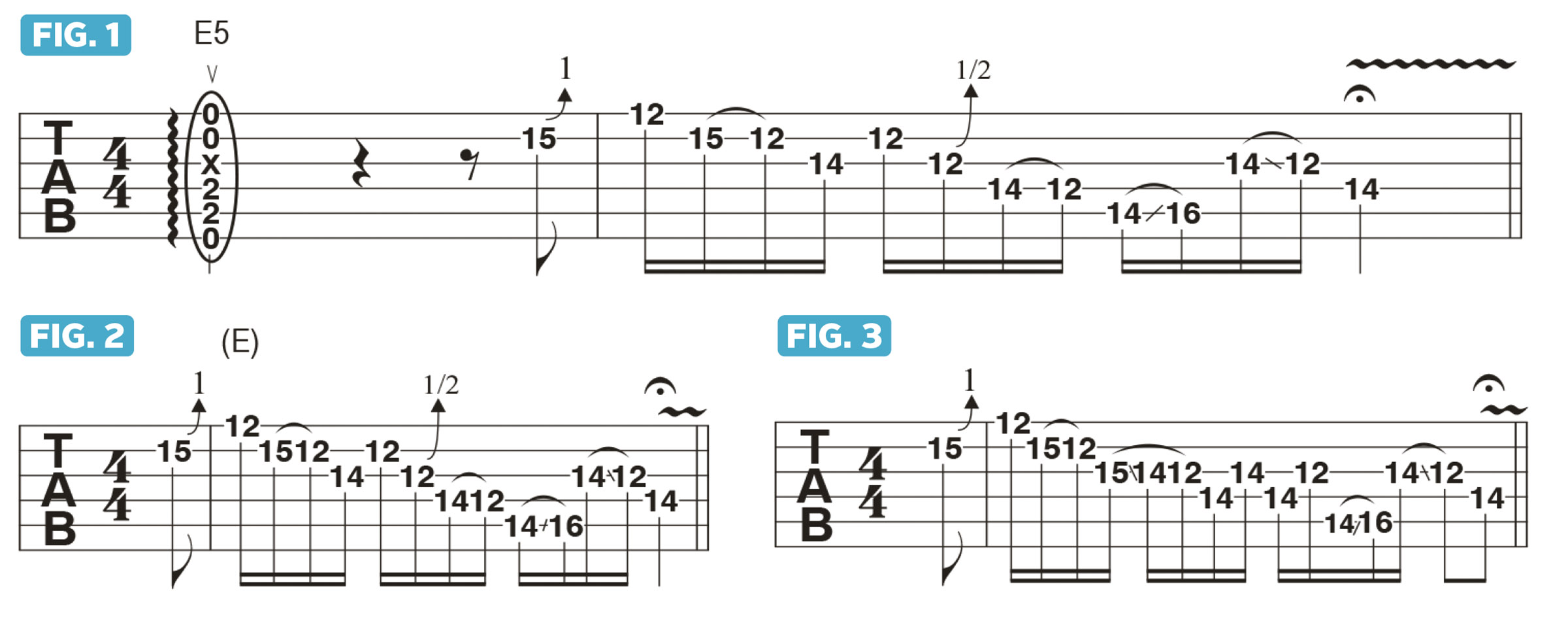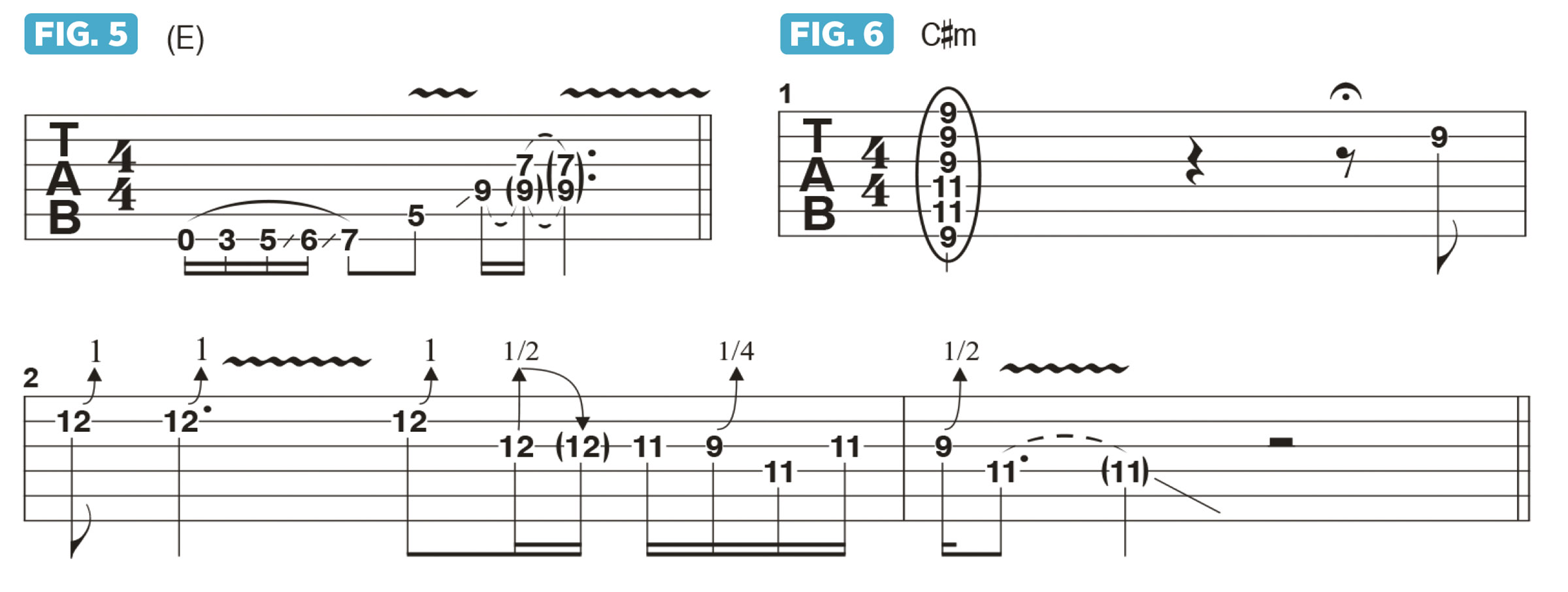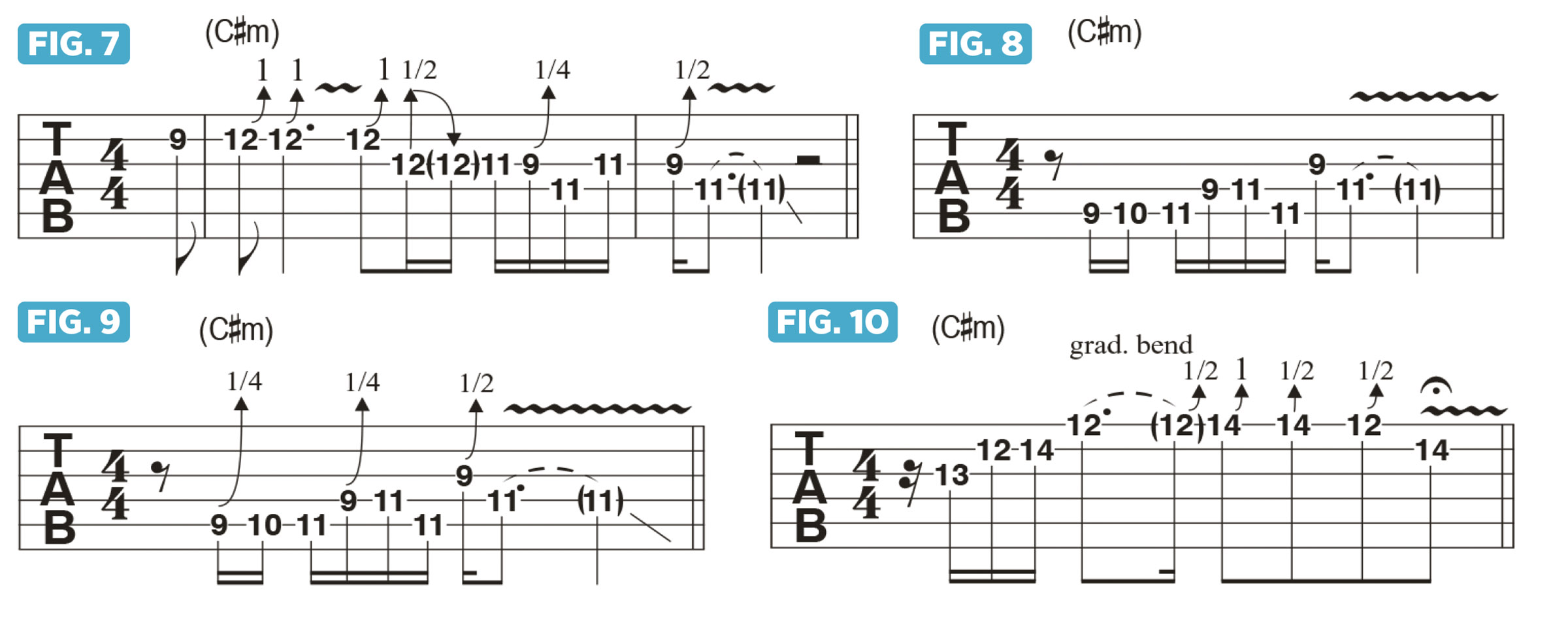“I’m always envisioning the phrases I play as being like vocal parts”: Jared James Nichols shows you how to make your solos “sing”
The blues power advocate says thinking like a vocalist can help your solos connect with your audience – he shows you how it’s done

I’d like to discuss a topic that’s very near and dear to my heart. Whether I’m improvising guitar solos or writing riffs for songs, I’m always envisioning the phrases I play as being like vocal parts. For me, this approach imbues a part with the most effective sound and feeling that can connect to the listener.
The first thing I think about is intent – what am I trying to say, musically? There are so many different ways to express something when you play. The listener will sit up and take notice when it comes across in the right way. They hear it and decipher it, and the musical statement becomes more than just a simple guitar riff.
Let’s start with the riff in Figure 1, which is played in the key of E, or E minor. After the initial E5 chord, I play a one-bar phrase based on the E minor pentatonic scale (E, G, A, B, D), with the inclusion of the 6th, C#. When playing this riff, I think about altering its character by articulating the phrase in as many different ways as possible.
One way is to back off my guitar’s volume and play more delicately, as I do in Figure 2. In Figure 3, I have the volume knob cranked up and change the phrase a little bit, adding the slide down the G string, from Bb to A, followed by a pull-off to G.
Likewise, I’ll sometimes utilize my tone knob to make a phrase “speak” in a completely different way. I can play a lick with the tone on 10, which yields a sharper, more intense sound; I can also roll it back to zero, creating a warm, mellow sound.
It’s all about finding what works best for each riff and making the vocal qualities shine through via the tone and the feel of how the riff is presented.
Figure 4 illustrates another riff in E, this time initiated with hammer-ons and slides up the low E string. When playing a lick like this, I’ll ask myself, “How can I make the notes on the low strings not sound so ‘guitar-y’ and sound more vocal-like?”
All the latest guitar news, interviews, lessons, reviews, deals and more, direct to your inbox!
As shown in Figure 5, one way to achieve this is to add a little vibrato in the spots where there’s a pause. Another option is to purposely not pick every note, using hammer-ons and slides to create more of a smooth, breathy, vocal-like quality.
The concept is to phrase like a singer when playing single-note riffs. Figures 6 and 7 are based on the C# blues scale (C#, E, F#, G, G#, B), and in both examples I follow the 3rd-finger whole-step bend on the B string , from B to C#, by catching the G string under the fingertip, producing a half-step pre-bend and release from G# to G. This is a lick made famous by Jimi Hendrix.
Figure 8 offers a simple C# blues scale phrase, and in Figure 9 I add microtonal bends for a more vocal-like effect.
The first time I heard microtonal bends like this was from Eric Clapton. Figure 10 illustrates how to employ subtle half-step bends to yield a more vocal-like feeling. This is a great exercise to take your playing from sounding very “straight” to musical phrases that are funkier and express more emotion.
Jared James Nichols is a blues-rock guitarist with two signature Epiphone Les Paul models (and a Blackstar amp) to his name. His latest album is 2023's Jared James Nichols.





